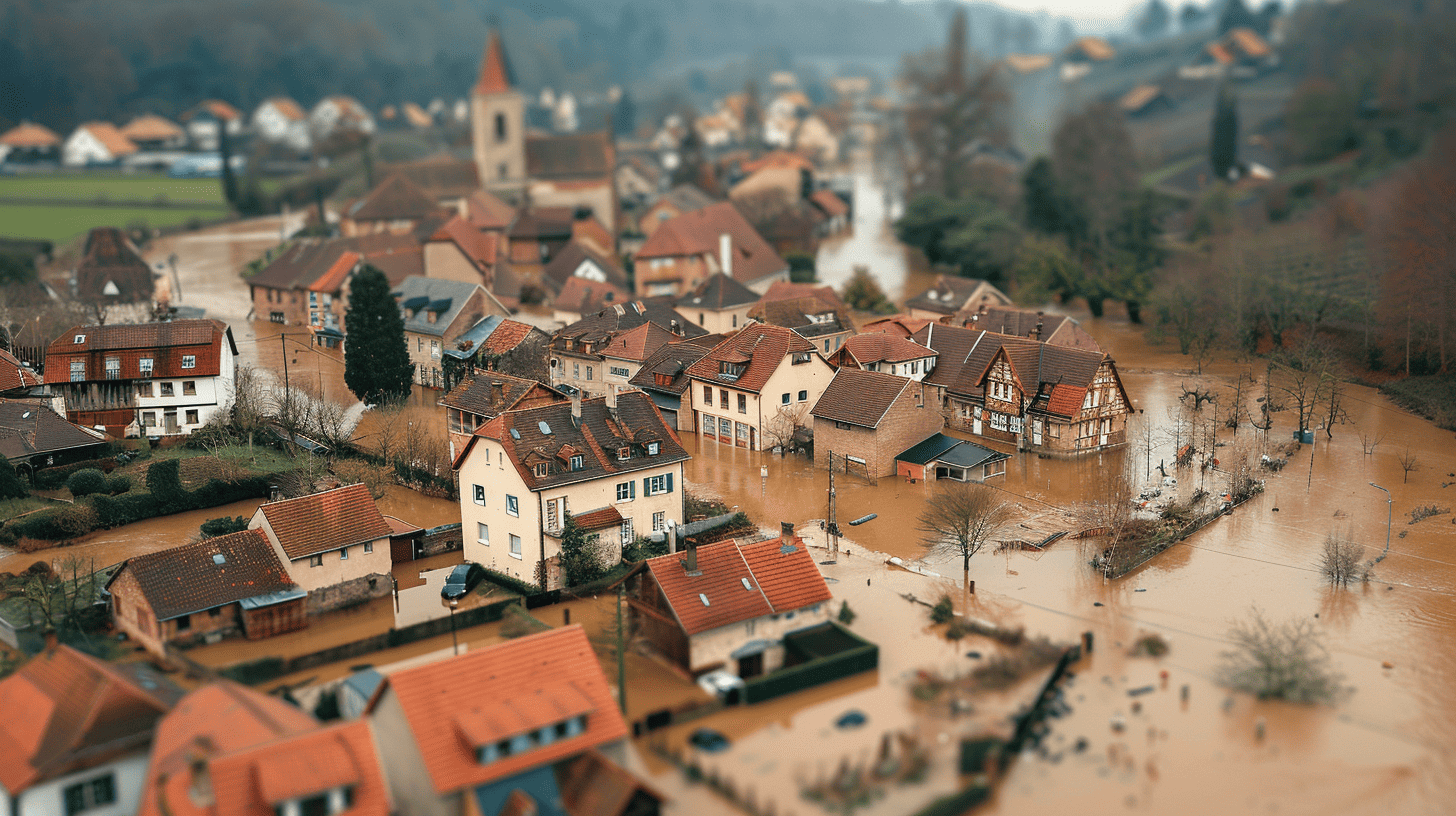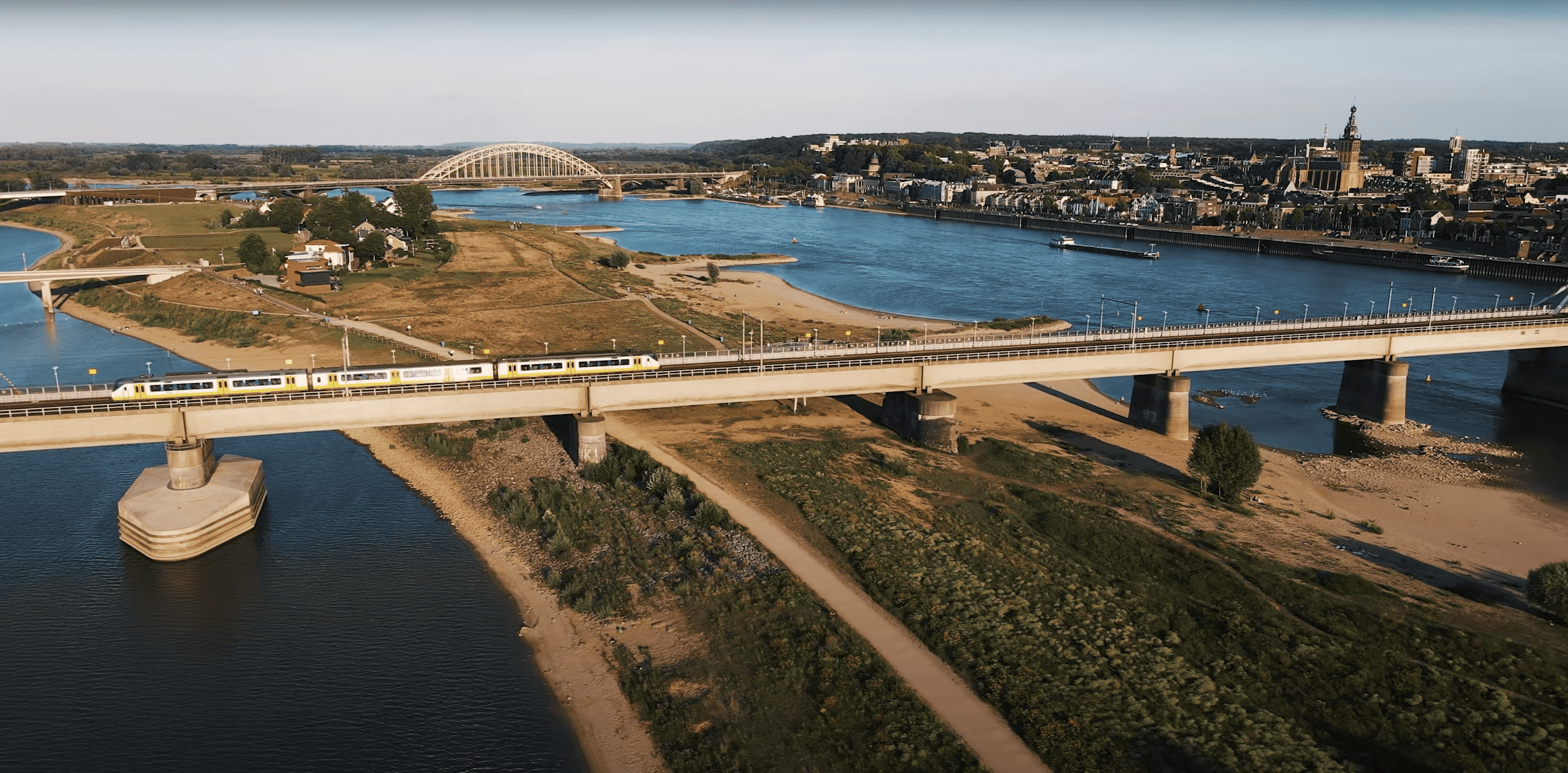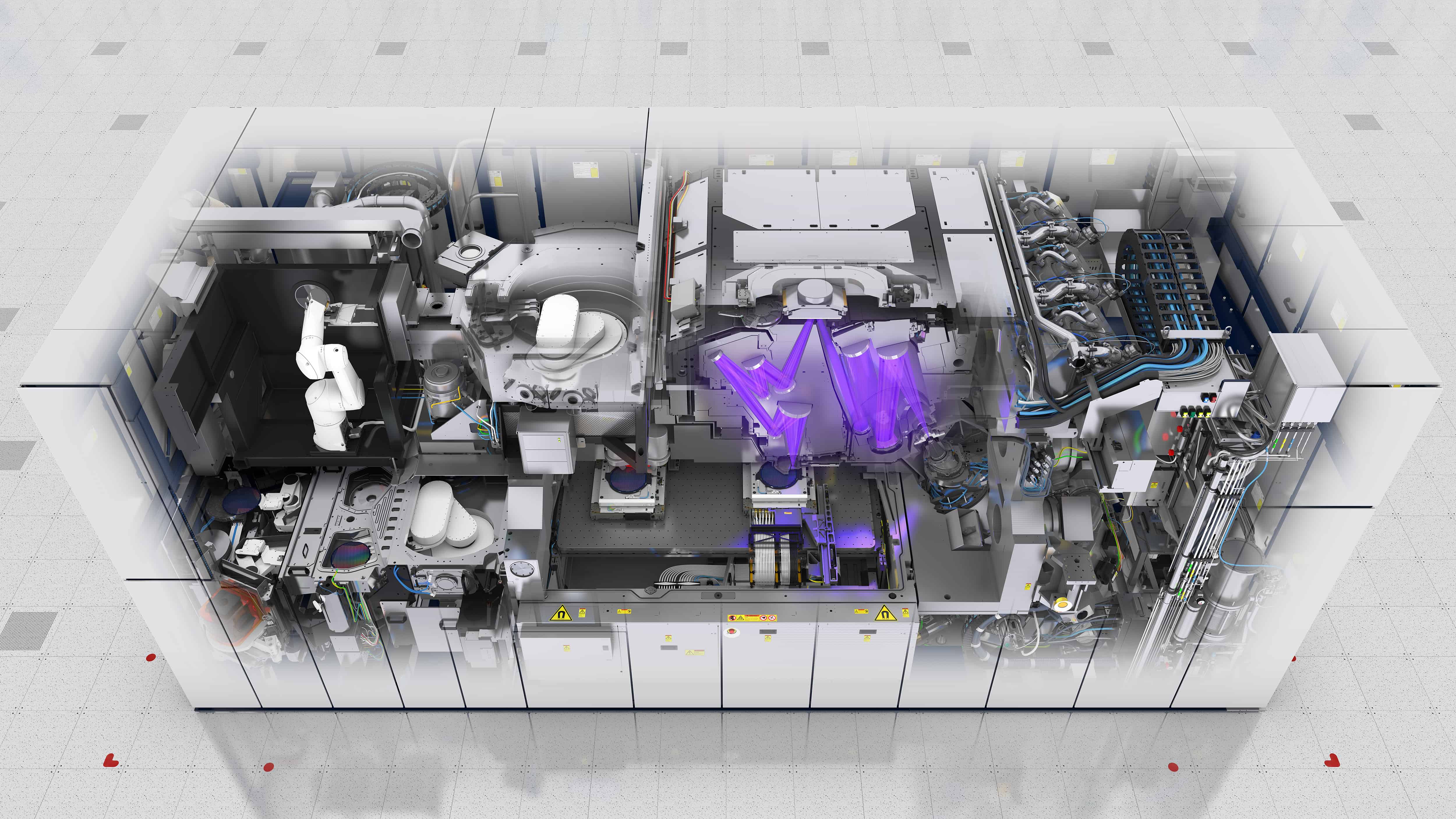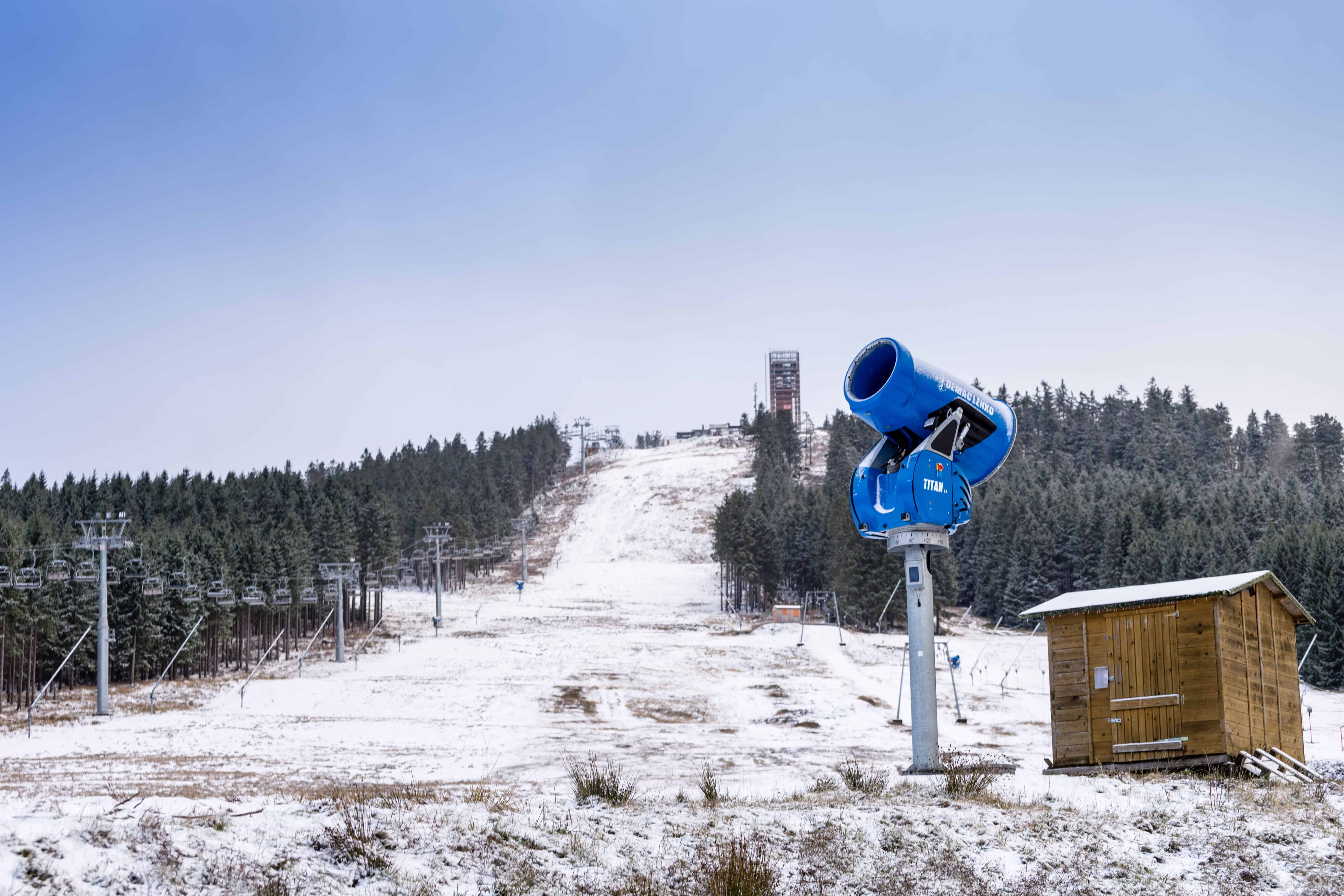
France is currently experiencing its longest dry spell since 1959, and the rest of Southern Europe is also facing an unusual winter drought. This dry spell is a cause for concern as the Alps, which supply water to major rivers like the Danube, Po, Rhine, and Rhône, have significantly lower snow levels. The impact of climate change on the economy, ecology, and water security of Europe is becoming increasingly evident. The dry spell has affected the region responsible for providing water to a large proportion of Europe’s population. It is particularly worrying that the snow levels in the Alps have significantly decreased, leading to concerns over water supplies. This dry spell follows the three dry years, 2019 to 2021, in Northwest Europe.
Effects on agriculture and water management
The effects of the winter drought are disastrous for Europe’s agriculture, especially for crops such as apples, plums, walnuts, hazelnuts, tomatoes, strawberries, cereals, and seeds. Farmers are now faced with the challenge of adapting to these changing conditions and finding new ways to conserve water. The European Union (EU) is working on enhancing cooperation among member states to avoid competition for water use and ensure that resources are managed effectively and equitably.
Regions like northern Spain, northern Italy, southern Germany, northern Greece, southern Bulgaria, and Turkey are currently experiencing drought warnings, with some areas facing the worst drought in 500 years. As climate change continues to alter weather patterns, Europe is likely to experience more frequent and intense droughts, storms, and floods. This has serious implications for the continent’s water supply, agriculture, and overall economy.
Innovative solutions and adaptation strategies
Recognising the urgency of the situation, the EU has funded various projects to address urban water shortages and promote resource efficiency through innovation. One such project, DESSIN, has demonstrated innovative solutions for water quality and supply by testing integrated approaches across five demonstration sites in Germany, Norway, the Netherlands, Greece, and Spain.
One notable example comes from Athens, where DESSIN has focused on water re-use for non-drinkable purposes. A compact decentralised water re-use system called “sewer mining” has been developed for urban areas, which can provide re-used water on-demand using compact technology tailored to end-user needs. This technology is particularly suited for water-scarce regions in Southern Europe and the Mediterranean and offers benefits to local economies by involving SMEs in selling irrigation services and water companies selling untreated sewage.
Collaboration and long-term planning
European countries and institutions are increasingly recognising the need for transboundary cooperation and long-term planning to address water scarcity and climate change. The UN Water Conference, co-hosted by the Netherlands and Tajikistan, aimed to accelerate universal access to safe water and sanitation by 2030. The conference focused on key areas such as Water for Health, Development, Climate, Resilience, Environment, Cooperation, and Action Decade. It highlighted the importance of collaboration across countries and regions to address water insecurity in vulnerable and conflict-affected communities.
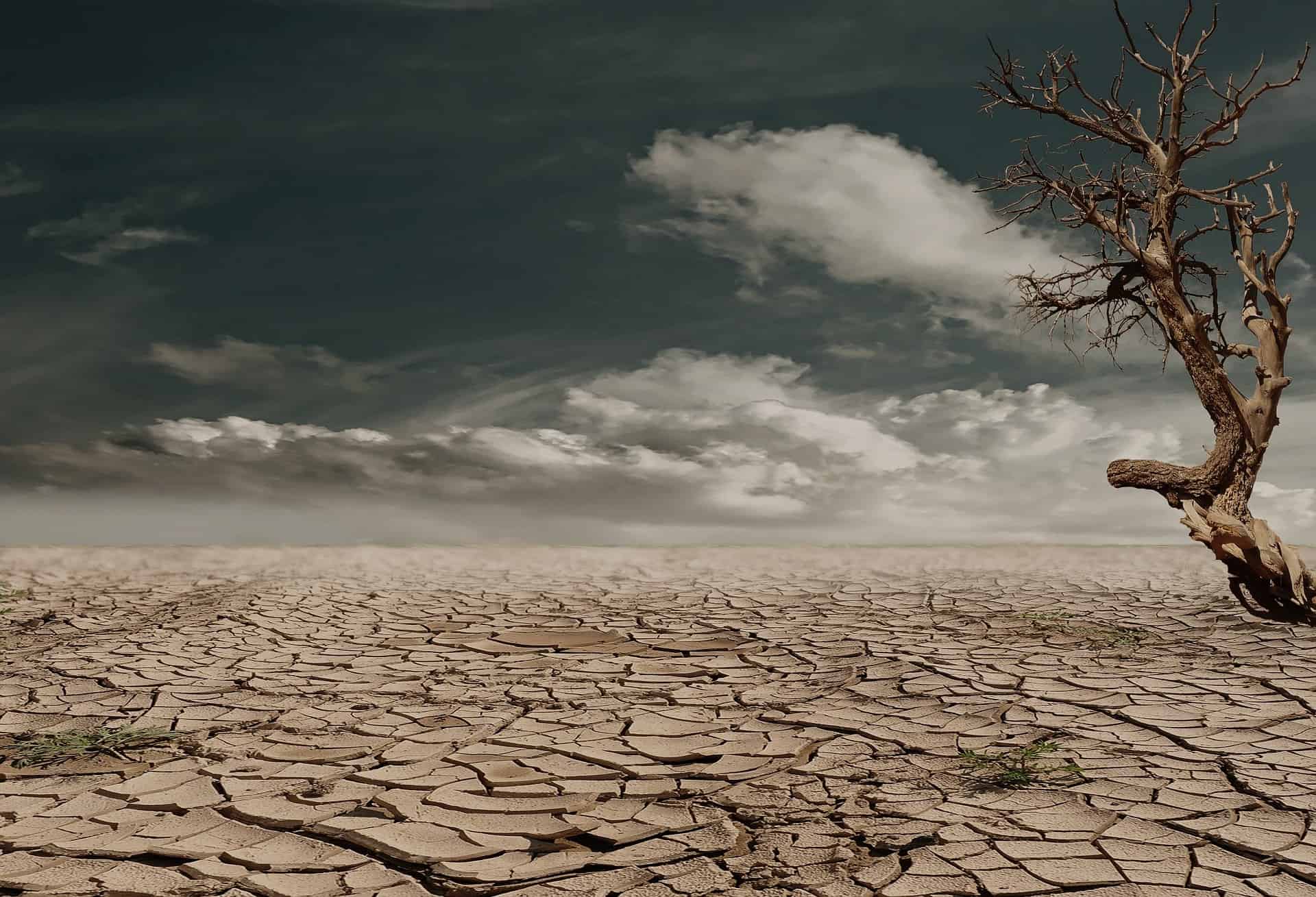
Furthermore, the conference addressed the global “Water Financing Gap” and called for new business models and funding mechanisms for water management projects. Innovative solutions such as source-to-sea collaboration and the integration of science-based, sustainable methods in member states’ policies are being promoted to ensure a sustainable water future for Europe and beyond.





